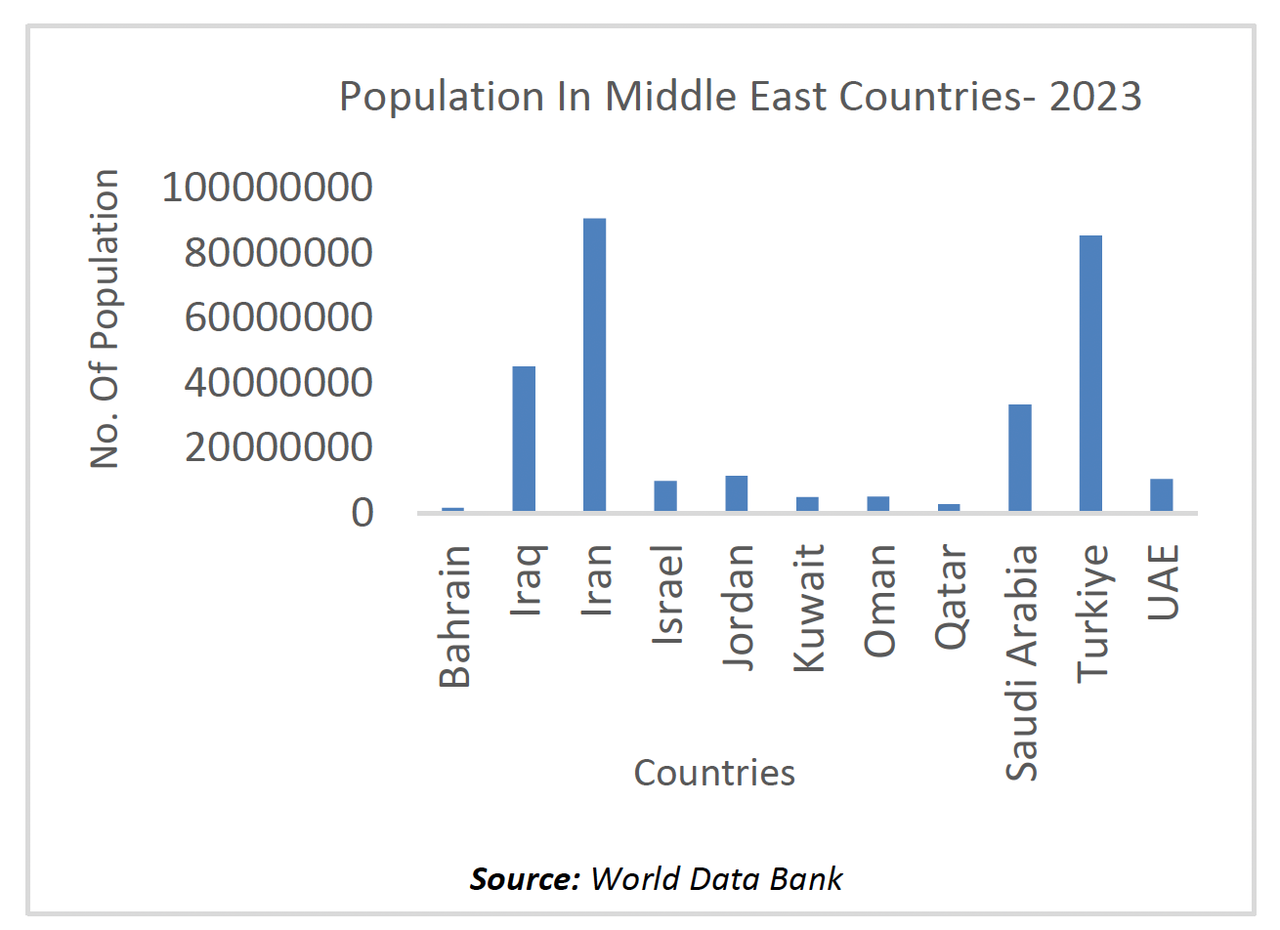ME builds resilient healthcare systems with shift toward population health management
The Middle East region is providing evidence-based solutions to enhance chronic disease management, increase health equity, and cut costs.

The Middle East is developing its healthcare systems to address a high dependency on expatriate healthcare professionals, a rise in non-communicable diseases, and an ageing population.
Visionary healthcare transformation goals, combined with regulatory and financing initiatives across most Gulf Cooperation Council (GCC) countries, will continue to generate momentum for the adoption of Population Health Management (PHM) in the region. PHM tools, including data analytics and care management, will also continue to generate more traction in the region.
PHM is expanding very quickly in the Middle East, and healthcare systems are shifting from reactive, episodic care to proactive, evidence-based approaches. This expansion is being driven by a growing healthcare industry, increasing incidence of chronic disease, and a shift towards value-based care models.
Chronic diseases in the Middle East are a growing burden. For example, the prevalence of diabetes is projected to increase by 96 per cent from now until 2045, along with rising rates for cardiovascular diseases and obesity. Healthcare systems in the region are now under pressure to adopt more preventive and coordinated approaches to chronic diseases due to the growing burden of chronic diseases. The rising healthcare investments will help address these concerns. For example, the UAE has allocated 3.5 per cent and Saudi Arabia 5.7 per cent of their GDP to healthcare expenditures and are expected to rise further.
New technologies such as electronic health records, big data analytics, and artificial intelligence (AI) are enabling better coordination of care, risk stratification, and resource optimisation, while breaking down organisational silos. Further, government healthcare policies are increasingly supporting value-based care, accelerating the shift from a fee-for-service approach to a PHM framework for healthcare delivery.

Smart health innovations: transforming population care in the Middle East
The Middle East is developing a wide range of technologies to address population health issues:
Artificial Intelligence and Predictive Analytics: AI applications in King Fahad Medical City have used early intervention and deep learning on big data to reduce hospitalisation for chronic diseases by 33 per cent.
Blockchain and Interoperability Platforms: The UAE’s Malaffi and Nabidh EHR applications enable providers to share information in real-time, and Oman's blockchain pilots have reduced administration costs by 25 per cent.
Telehealth Expansion: Saudi Arabia's Sehhaty platform recorded over two million virtual consultations in 2024, expanding access to remote rural communities.
Precision Medicine: Qatar is conducting genomic studies and developing applications with AI to deliver customided treatment plans.
Key takeaways
The Middle East is emerging and adapting PHM by harnessing the strategic applications of AI, blockchain, telehealth, and precision medicine. With robust government support, especially in Saudi Arabia and the UAE, and increasing public-private collaborations, the region is providing scalable, evidence-based solutions to enhance chronic disease management, increase health equity, and cut costs.
Building a data-driven PHM in the Middle East
While digital health platforms like Saudi Arabia’s Sehhaty and the UAE’s Malaffi show promise for regional advancement, continued conflict around the region may deter investments — such as the US$10M+ in telehealth startups and public-private partnerships — needed to manage the projected 96 per cent rise in diabetes by 2045. Peace and stability are essential for PHM to fully develop and transform public health in the region.
Meanwhile, the Middle East is making strides in PHM through the adoption of electronic health records and advanced analytics to improve care coordination and risk assessment. The PHM market is expected to grow at a 6.12 per cent CAGR between 2025 and 2033.
With chronic diseases projected to rise sharply, and the UAE and Saudi Arabia investing 3.5 per cent and 5.7 per cent of their GDP in healthcare, respectively, the success of PHM will rely on integrating data systems, improving interoperability, and shifting to value-based care models, supported by national strategies and digital infrastructure.
References available on request.
Meet industry leaders and get exclusive access to future-ready strategies and breakthrough technologies at WHX Dubai. Sign up now to secure a pass today!

WHX Dubai
Feb 9, 2026 TO Feb 12, 2026
|Dubai, UAE
Join us at WHX Dubai—where the world of healthcare meets. WHX Dubai, formerly Arab Health, connects the healthcare industry's leading researchers, developers, innovators, and professionals all in one place. Whether you're on the hunt for a new product or service, want to learn from world-renowned speakers, or expand your professional network, WHX Dubai has everything you need to thrive in the Middle East's healthcare industry.


